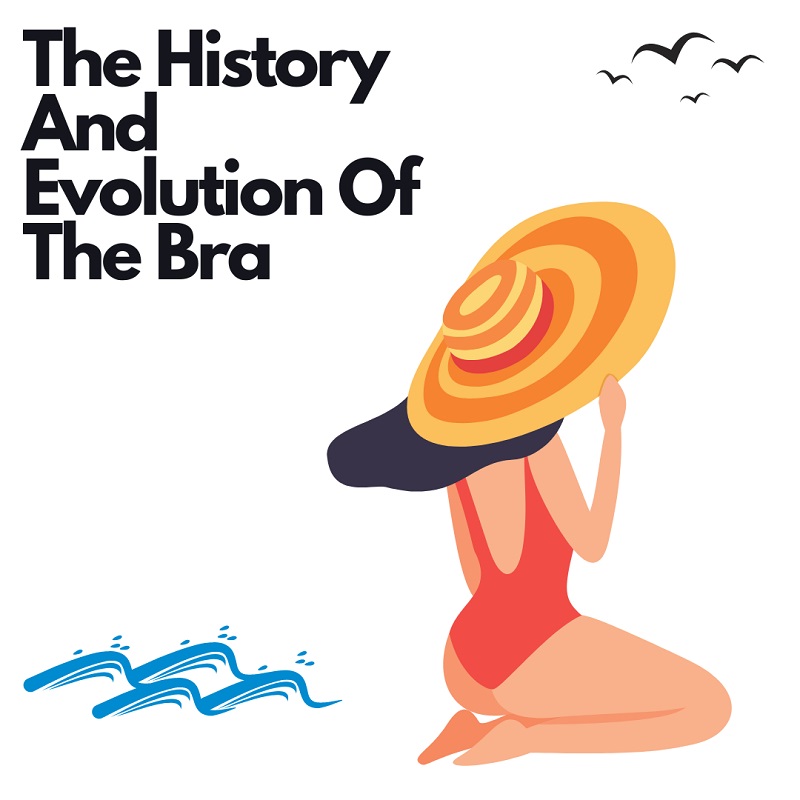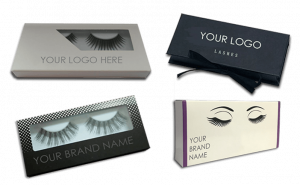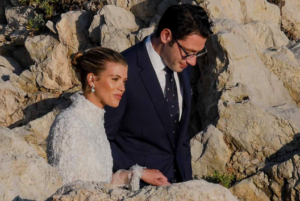The History And Evolution Of The Bra

It’s a common experience: at the end of the day, you’re pulling off the bra you just spent many hours wearing while sighing somewhat in relief. We don’t frequently give that outfit you just threw on the floor much thought until it’s not functioning as we’d like. But it has long been a part of the majority of women’s wardrobes, supporting breasts, covering and revealing them, and defining the silhouette we present to the world.
Also Read:- How to Measure Your Bra Size at Home ?
The Evolution of The Bra: A Timeline
We have this idea that males designed bras and corsets to suffocate women, to prohibit them from moving freely and wrapped up tightly for the viewer’s amusement. However, they persist throughout time because they also emphasise pragmatism and provide women more freedom to pursue their interests. Dear listener, if you have breasts, you are aware of the excruciating discomfort of, for instance, galloping a horse at top speed or performing jumping jacks without a bra. If you don’t have breasts, picture two strapped-to-your-chest balloons filled with sand and perhaps pudding. A friend of mine who has far more assets than I do recently rode her bike through the rain without a bra on and told me about the excruciating discomfort of having her “sweet chariots hanging low,” as she put it.
Bras have always been around, love them or hate them, and they have a long, fascinating history. By observing how our necklines rise and fall, how much cleavage we reveal, and how the most desirable breast shape varies over time, you may learn A LOT about women throughout history. So let’s embark on a time-travelling journey to examine the evolution of our adorable chariot holders and all the forms they have taken over history.
The corset made its first among French women in the early 1500s. It gained recognition as an undergarment that gave ladies the inverted cone form, which was regarded as the ideal figure. The majority of corsets at this period featured a lengthy piece of whalebone or wood sewed into the casing.
Early corsets forced the breasts up and together, creating a shelf-like bust look as the tops of the breasts spilled out of the tops of garments. For almost four centuries, women would continue to wear the corset as a fashionable undergarment.
The Split Corset is Invented in 1889
Herminie Cadolle, a French fashion designer, divided a corset into two separate undergarments. The lower component tightened and defined the waist, while the top section used straps to support the breasts.
The term “brassiere” was first used in 1907.
The top portion of Herminie Cadolle’s split corset is referred to as a “brassiere” in the first use of the term by American Vogue. The term was included in the Oxford English Dictionary by 1911.
1914 saw the creation of the first modern bra.
The first modern bra was created and patented by socialite Mary Phelps Jacob of New York City using two silk handkerchiefs and a pink ribbon. Her creation, often known as the “backless bra,” was soft, pleasant, light, and naturally separated the breasts. The Warner Brothers Corset Company eventually purchased the patent from her.
The Fall of the Corset in 1918
Interesting enough, the use of corsets in the US fell off dramatically during World War I. To free up the metal for use in making weapons of war, the U.S. War Industries Board urged ladies to cease purchasing corsets. Two warships were built using the 28,000 tonnes of metal that were reportedly saved in this way.
At the time, a lot of women were entering the job, and wearing a rigid, confining corset to work was not seen as practical or suitable.
The Bandeau Trend in the 1920s
During the Roaring Twenties, flappers with smaller chests and slimmer figures dominated the fashion world. They also chose tight bandeau tops that flattened their breasts and gave them a more “boyish” shape in place of corsets.
1930s: Cups Take Center Stage
Brassieres were referred to as “bras” in the 1930s, and manufacture had significantly increased. During this period, S.H. Camp & Company developed the first cup sizing scale, which resulted in the A, B, C, and D scale that is still in use today by assigning different letters to the sizes of women’s breasts. As a result, bras went from being one size fits all to being better fitted.
The 1930s also saw the addition of bras with adjustable straps, cushioned cups, and hook-and-eye fasteners.
1947: The Cleavage Forms
The first padded bra was launched in 1947 by Frederick Mellinger, the man behind the well-known company Frederick’s of Hollywood. He then unveiled the first push-up bra about a year later. For years to come, this altered what was deemed sexy and the face of fashion.
1950s: The Bullet Bra’s Inception
Bra manufacturers started producing bras utilising various fabrics, colours, patterns, and styles after World War II. Hollywood actresses like Patti Page, Marilyn Monroe, and Lana Turner helped make the cone-shaped, spiral-stitched bullet bra fashionable throughout this decade.
The Wonderbra was created in 1964.
The first Wonderbra was made in 1964 by Canadian designer Louise Poirier for the firm Canadelle. Despite being invented in 1964, it wasn’t until the 1990s that it became widely accepted.
The sports bra was created in 1977.
Women required a bra with extra support as fitness grew increasingly popular. At this time, the first sports bra, known as the “Jogbra,” appeared on the market.
The Memory Foam Bra Arrives in 2009
2009 saw the development of the Smart Memory Bra, the first bra made of memory foam. This bra has high-tech memory foam in the cups that adapts to the shape of your chest, responds to body temperature, and moves with you.








